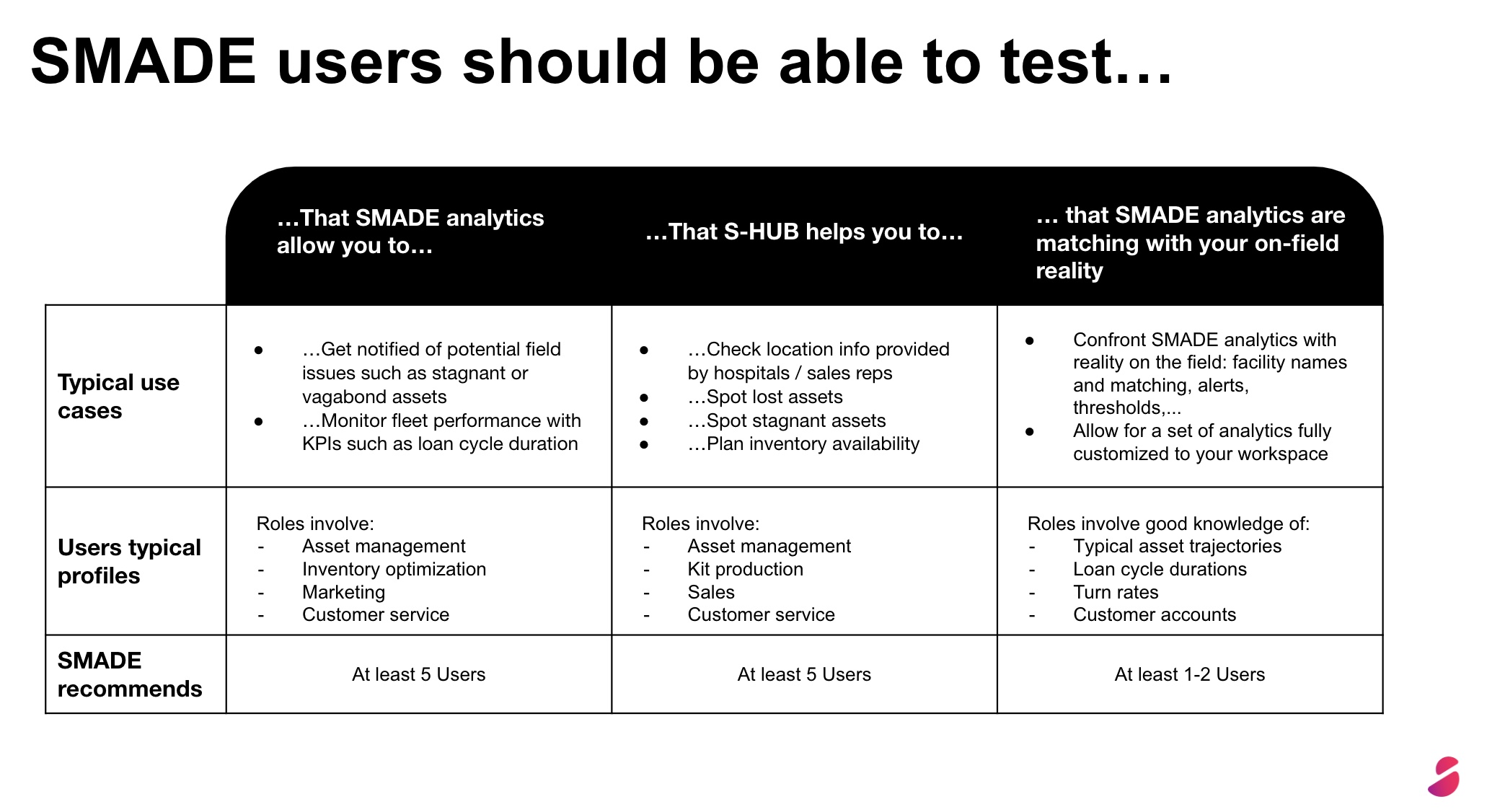Spread the word !
Other posts
How SMADE Helped Recover an $8,000 Surgical Kit Stuck in Limbo
The Challenge In the fast-paced world of orthopedic logistics, visibility is everything. When a Large Power Kit worth $8,000 disappeared without…
Discover S-HUB Makalu
It’s been a week since S-HUB Makalu has been released!
Here’s a short video highlighting the key new features of this version!
If you love to write about smart healthcare, fill this form to become a writer for ‘In Your hands’.










